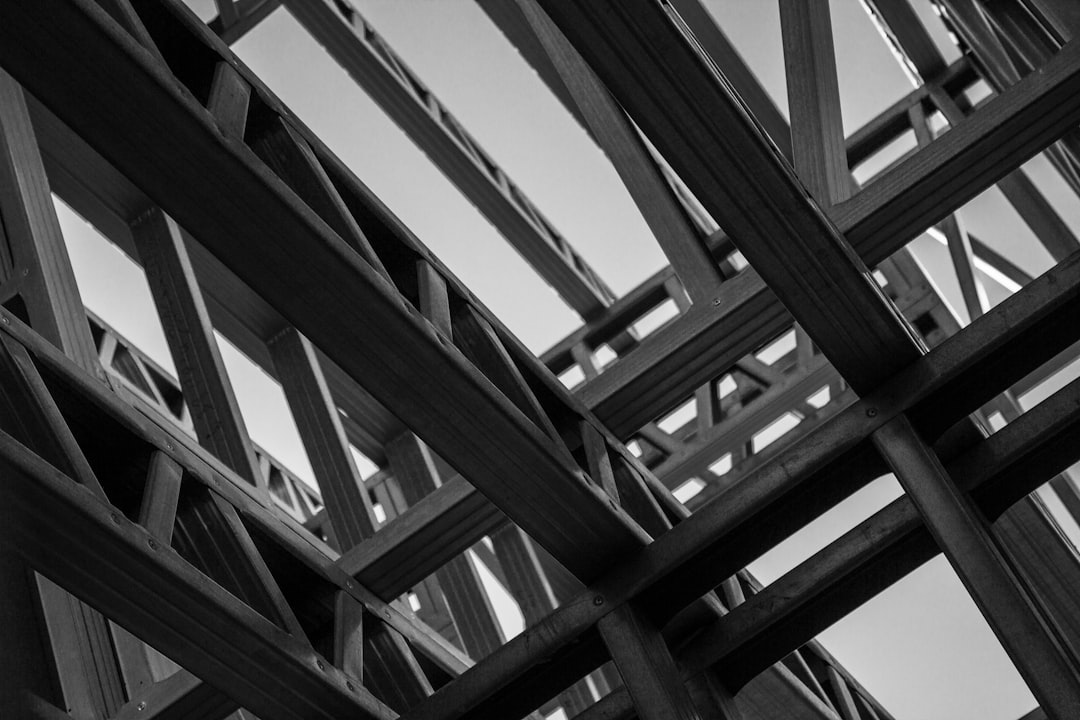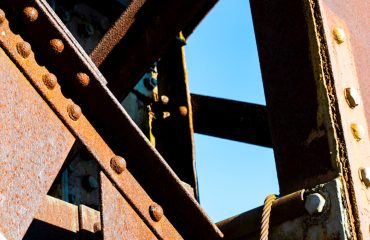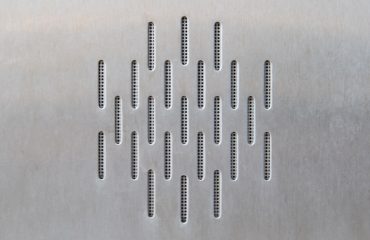body { font-family: sans-serif; line-height: 1.6; }
h1, h2, h3 { color: #333; }
img { max-width: 100%; height: auto; }
Steel, with its strength and versatility, remains a cornerstone of modern construction. Designing efficient and safe steel frames, however, requires a deep understanding of structural principles, engineering codes, and design software. This comprehensive guide delves into the key aspects of steel frame design, providing you with a solid foundation for tackling complex projects.
1. Load Determination and Analysis: The Foundation of Steel Frame Design
Before even considering the size of a single beam, accurate load determination is paramount. This involves identifying all forces acting on the structure, including:
- Dead Loads: The weight of the structure itself (steel members, cladding, roofing materials).
- Live Loads: Variable loads like occupancy, furniture, snow (depending on location), and equipment.
- Wind Loads: Forces exerted by wind pressure, significantly influencing the design of taller structures.
- Seismic Loads: Forces generated by earthquakes, crucial in seismically active regions.
Once loads are determined, structural analysis techniques, often employing software like ETABS or SAP2000, are used to calculate member forces (axial, shear, bending moments). These calculations dictate the required strength and stiffness of individual steel components.
2. Member Selection and Sizing: Optimizing Strength and Economy
With member forces determined, the next step involves selecting appropriate steel sections. This process involves consulting steel section tables and considering various factors:
- Section Properties: Area (A), moment of inertia (I), section modulus (Z), radius of gyration (r) – these properties dictate the member’s resistance to different types of loading.
- Material Properties: Yield strength (Fy) and ultimate strength (Fu) of the steel grade are crucial for determining the member’s capacity.
- Code Requirements: Applicable building codes (like AISC in the US or Eurocode in Europe) specify allowable stresses and design procedures.
- Economic Considerations: Balancing strength requirements with cost-effectiveness is key. Over-designing leads to unnecessary expenses.
Software tools can significantly streamline this process, allowing for optimization based on various criteria.
3. Connection Design: The Crucial Link in Steel Frame Integrity
Connections are the weak points in a steel frame, and their design is critical for overall structural performance. Common connection types include:
- Bolted Connections: Using high-strength bolts, these are efficient and relatively easy to fabricate.
- Welded Connections: Offer high strength and stiffness, but require skilled welders and quality control.
- Moment Connections: Designed to transfer both shear and moment forces, crucial for rigid frames.
- Pinned Connections: Transfer only shear forces, typically used in simpler structures.
Connection design involves verifying the strength and stability of the connection components under various load combinations. Details like bolt spacing, weld size, and plate thickness are carefully considered to ensure adequate capacity.
4. Stability and Buckling: Ensuring Structural Integrity Under Load
Steel members are susceptible to buckling, a sudden failure under compressive loads. Understanding and mitigating buckling is crucial for ensuring the stability of the steel frame. This involves:
- Effective Length: Determining the effective length of the member, which accounts for boundary conditions and bracing.
- Slenderness Ratio: Comparing the member’s length to its radius of gyration to assess its susceptibility to buckling.
- Buckling Analysis: Employing advanced analysis techniques, often using software, to predict the buckling load and ensure the member’s stability.
- Lateral-Torsional Buckling: A critical failure mode for beams under bending, requiring careful consideration of bracing and section properties.
Proper bracing and stiffening elements are often necessary to prevent or delay buckling, ensuring the overall stability of the structure.
5. Code Compliance and Detailing: Adhering to Standards and Best Practices
Designing a steel frame requires strict adherence to relevant building codes and standards. This involves:
- Code Review: Ensuring the design complies with all applicable codes and regulations.
- Material Specifications: Selecting steel grades that meet the required strength and ductility.
- Fabrication Drawings: Creating detailed drawings that clearly specify dimensions, connections, and fabrication requirements.
- Inspection and Quality Control: Implementing thorough inspection procedures to ensure that the fabricated frame meets the design specifications.
Compliance with codes ensures the safety and longevity of the structure. Detailed drawings are essential for efficient fabrication and construction.
Designing steel frames is a complex but rewarding process. By understanding the principles outlined above and utilizing appropriate software and resources, engineers can create robust, efficient, and aesthetically pleasing structures that stand the test of time.
SEO Tags:
#SteelFrameDesign #StructuralEngineering #SteelStructure #AISC #Eurocode




